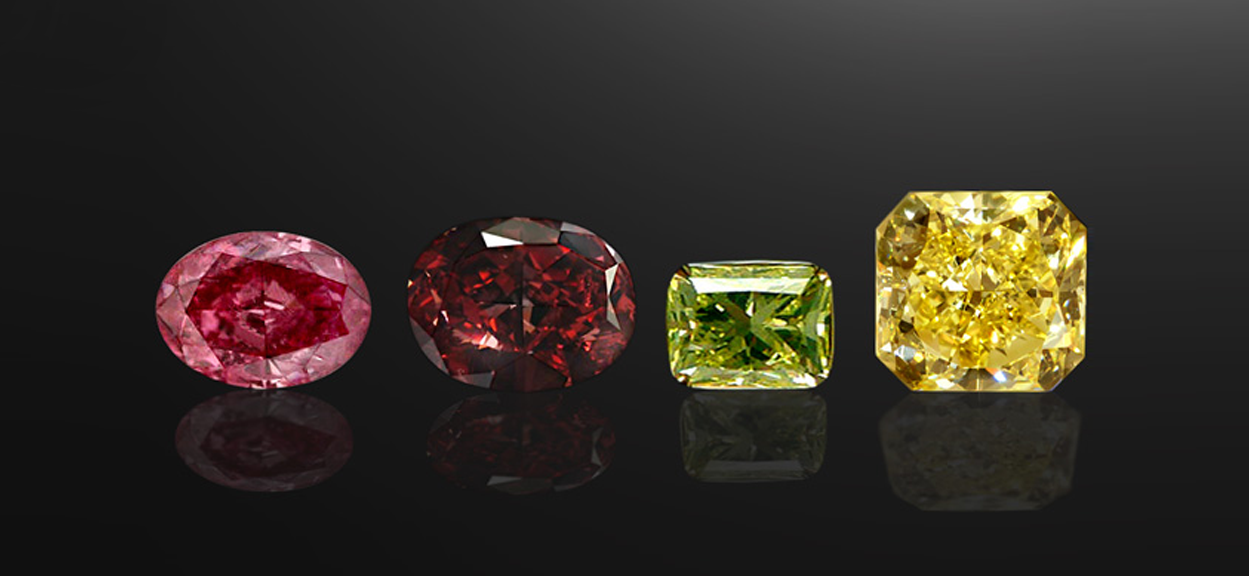Diamonds are probably the fascinating stones used in jewellery, loved for their sparkle and
admired for their rarity. With a great following around the world for diamonds, it is not a
surprise that most jewellery around the world features diamonds to raise the appeal of the overall
piece.
However, if you think that diamonds are rare, how rare do you think coloured diamonds would
be? The answer is very rare. The statistics tell us that the chances of finding a coloured diamond
are negligible and only 1 out of every 100,000 diamonds mined may be a coloured one. And that
number does not even do justice to the extremely rare colours in diamonds. There are a lot of
surprising facts about coloured diamonds, and this blog takes a detailed look at the world of
coloured diamonds.
What Are Coloured Diamonds?
While diamonds are usually known to be colourless, coloured diamonds are the ones that have a noticeable body colour when you look at them from a face-up position. This colour can either be faint, localised, vivid, very vivid and even very light. The only criteria for a diamond to be considered ‘Coloured’ is that the hue needs to be pretty noticeable from the naked eye. Because of their rare nature and different appearance combined with the durability of a diamond, they fetch a higher price in the market. Remember the 4Cs?How Diamonds get Their Colour?
Diamonds are formed over billions of years because of the pressure and heat that the earth exerts on them. They are a unique form of crystalline carbon that solidifies over this time period. A diamond made completely of carbon will be white (or colourless). However, this level of perfection in diamonds exists very rarely as there are always some metallic defects or additions that exist within the diamond. While these defects may look like a small inclusion inside a diamond, on rare occasions, these defects can alter the play of light, resulting in a different wavelength coming out of the diamond. These ‘defects’ can be categorised into 4 types:- Atoms of nitrogen or boron substituting some carbon atoms
- Vacant sites for carbon atoms
- Deformations in the lattice
- Tiny particles of non-diamond elements included in the crystal.










